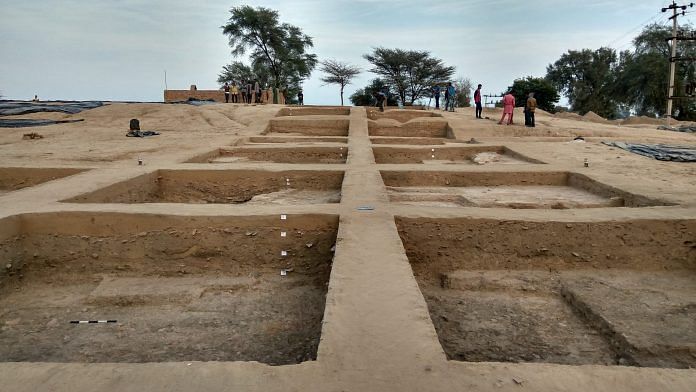Known as the world explorers and traders, the Harappans were the ancient Indian mercantile community that flourished from the existing farming society in the third millennium BCE, roughly 5000 years ago. Besides their identity as traders, the people of the Harappan Civilisation were also producers. Supply, production, and distribution were all aspects of a well-designed matrix that united the Makran coast in the west to the Yamuna River in the east, and the Himalayas to western India. Eventually, the rise of trade ushered in the first urbanisation, which lasted six to seven hundred years before the cities collapsed.
Though the tale of the rise and fall of urbanisation is narrated many times, along with their economic accomplishments, the nature of production and manufacturing is rarely presented as a storyline in itself. The nature of production by the Harappans is as enigmatic and fascinating as the nature of their extensive and long-distance trading matrix. The science of making high tin bronze using an age-old lost wax technique, the science of bead making (lapidary) which is over a 5000-year-old practice, the science of pottery making, or the textile industry, especially cotton, are some techniques and practices that have put not just the Harappans but also present-day India on the map as a leading producer of cotton, beads, and copper objects.
In over a century of excavation of Harappan sites and studying the remains, a full-fledged settlement dedicated to production and craftsmanship is rare. At metropolises – Harappa, Mohenjodaro, Rakhigarhi, or Dholavira – archaeologists unearthed workshops – craft centres which have provided data that has helped in understanding the backbone of the trade matrix we all know. Besides major cities, workshops and industrial/craft centres were also found in rural (or semi-rural) settlements as well. On the banks of the Ghaggar alone, in present-day Rajasthan, at Tarkhanwala Dera, Baror, and even at Kalibangan, kilns and workshops were unearthed. However, at Binjor (4MSR), very close to Tarkhanwala Dera and Baror, a craftsperson’s village was discovered, which provided an overview of the lives of metallurgists and craftspeople, thus unlocking the unknown aspects of the production line of the mighty Harappans.
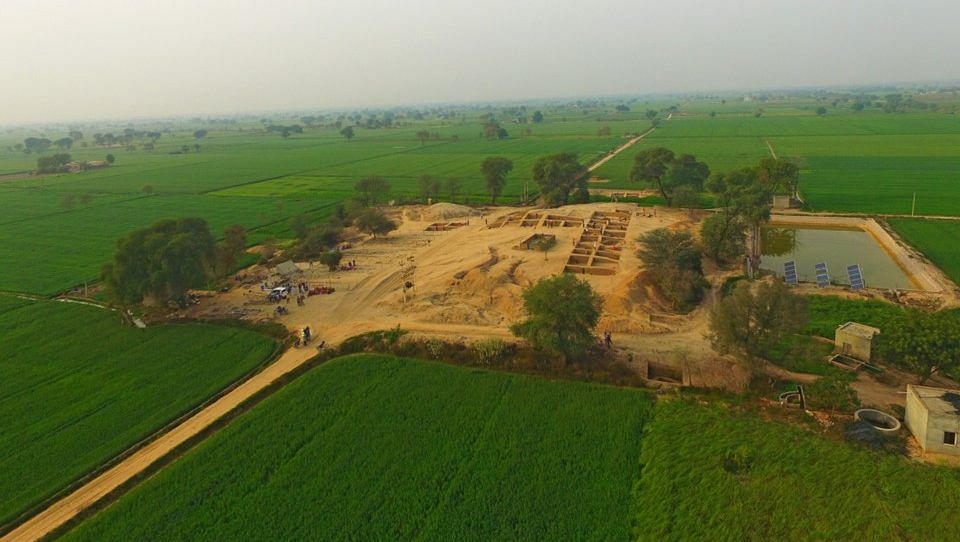
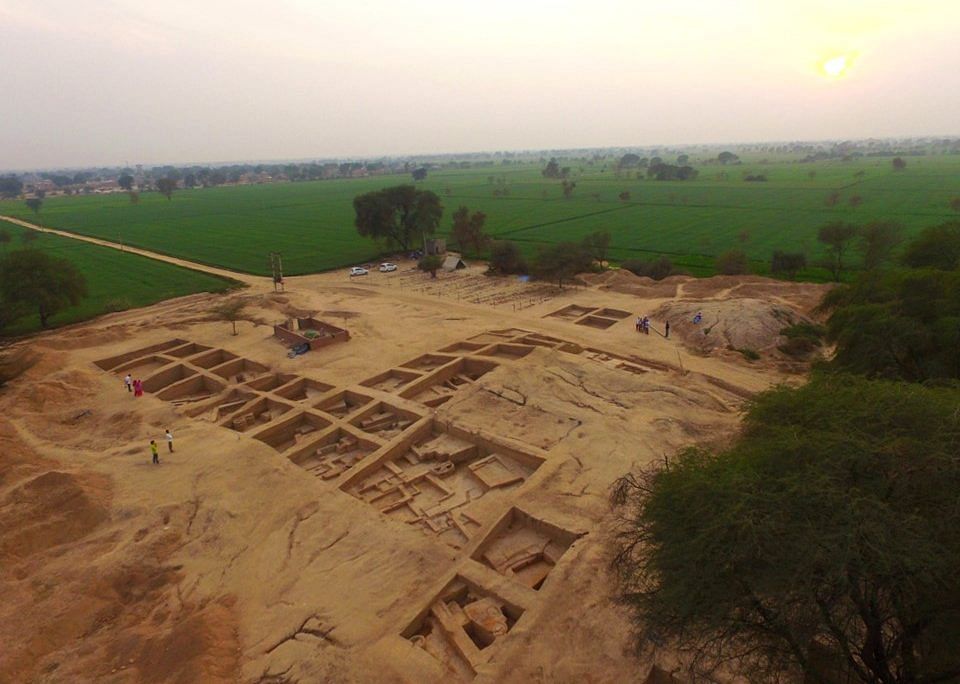
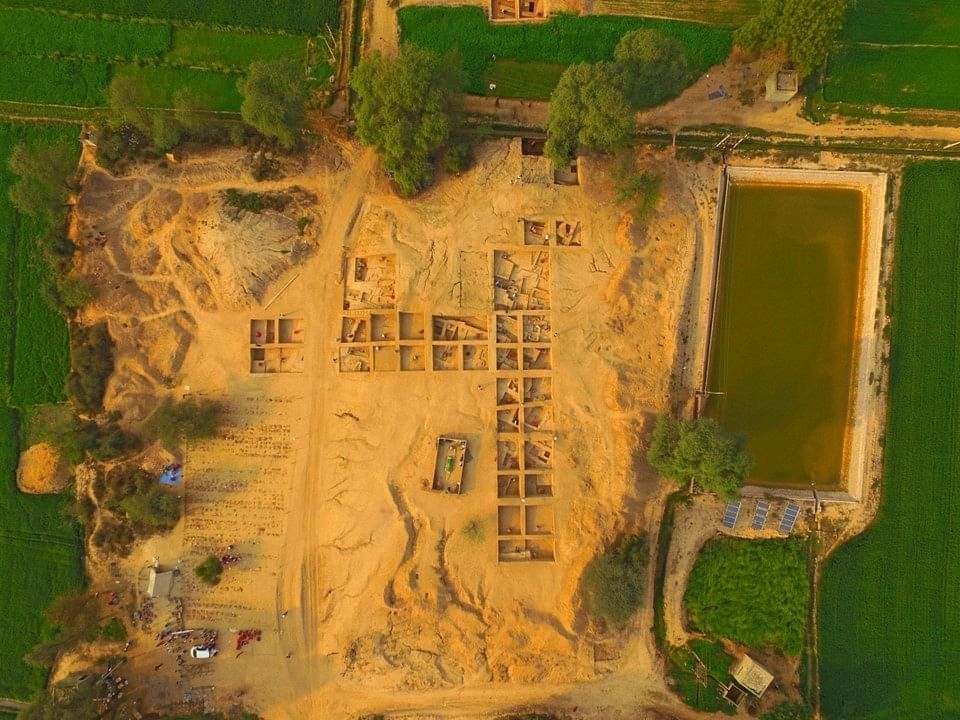
Also read: Gujarat’s Khambhat has 5,000-yr-old history of bead-making. It wasn’t just limited to Viking Age
Binjor (4MSR)
About 4 km away from the India-Pakistan border that divides the Ghaggar-Hakkra river, in the Anupgarh tehsil of Sri Ganganagar district of Rajasthan, is a site that brought to light the unknown facet of Harappan culture. Binjor is an archaeological site located in village 4(MSR). This site was reported by A Ghosh in his famous exploration of Rajputana in 1950-52, where he mentions four mounds, namely Binjor 1, Binjor 2, Binjor 3 and Binjor 4. Katy Dalal set up a trail trench at Binjor 3 and noticed Pre-Harappan deposits at a depth of 1.75m in the 1970s. With time, only one mound known as Binjor (4MSR) remained, which was excavated by Sanjay Manjul and Arvin Manjul of the Archaeological Survey of India in 2014-17 for three field seasons, bringing to light threefold cultural deposits:
- Pre/Early Harappan
- Transitional Phase of Early to Mature Harappan
- Mature to Late Mature Harappan
Measured about 120m by 120m, the site is located on the banks of the Ghaggar river. Though it was identified as a semi-rural site,right from the beginning of the excavation, it was clear to the team that the site, despite its size and nature, is bursting with potential.
Seven structural phases spanned across three periods – Early, Transition, and Mature Harappan (from c.4500 BCE to 2000/1900 BCE) were excavated. Most structures are made of mud-bricks, including multiple rooms, workshop areas, courtyards, and a massive enclosure wall that surrounds the settlement. Plethora of pottery with decorative motifs, including animal motifs like tigers and fish; numerous seals; exquisite beads – carnelian, agate, jade, lapis lazuli, quarts; animal and human figurines were excavated. Copper objects were also included in the list of antiquities. But this list of antiquities does not do justice to the site’s potential and its significance in Indian archaeology. It is the functionality of the site as an important industrial centre placed along the trade route that has earned Binjor (4MSR) a special mention.
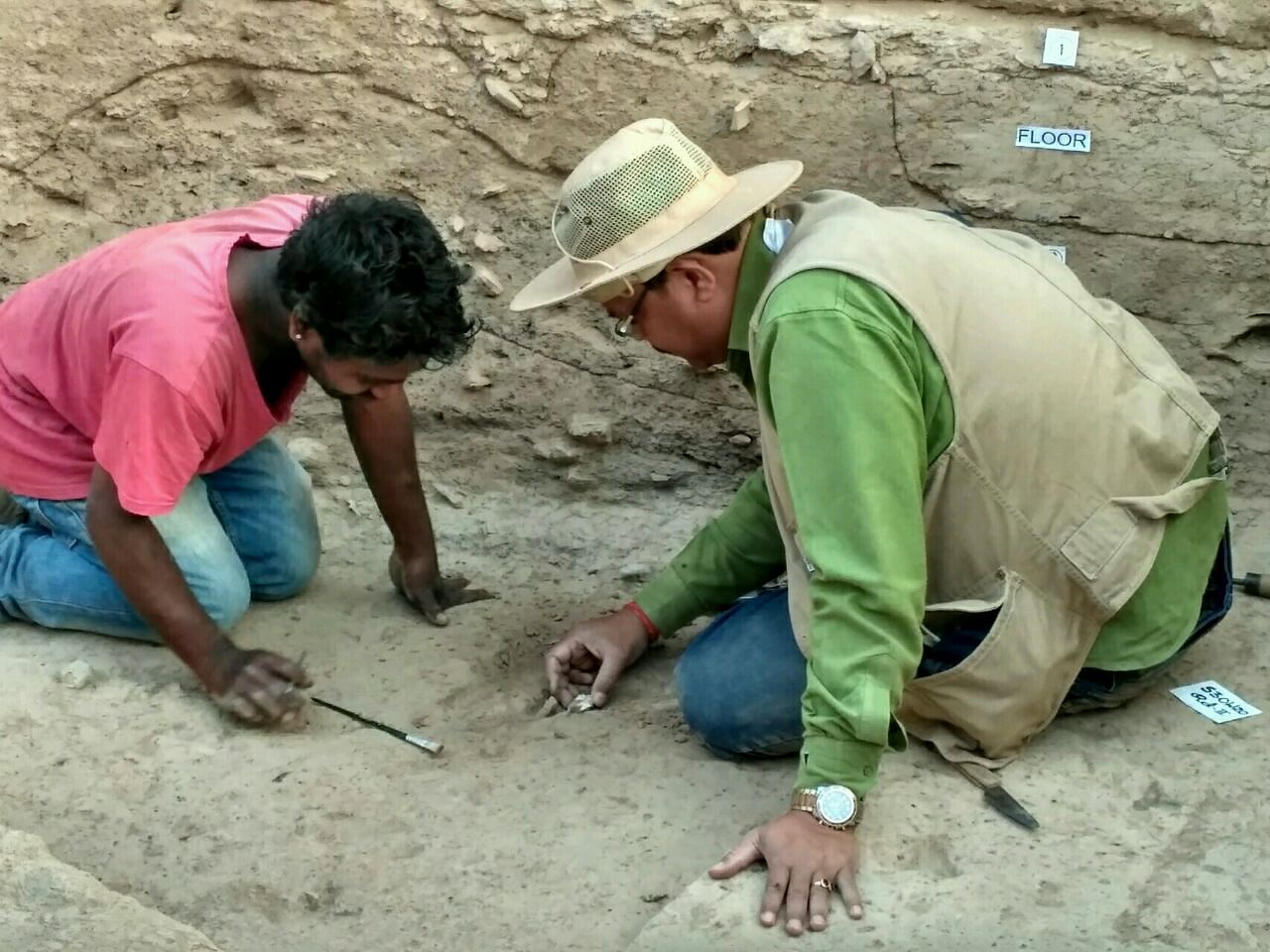
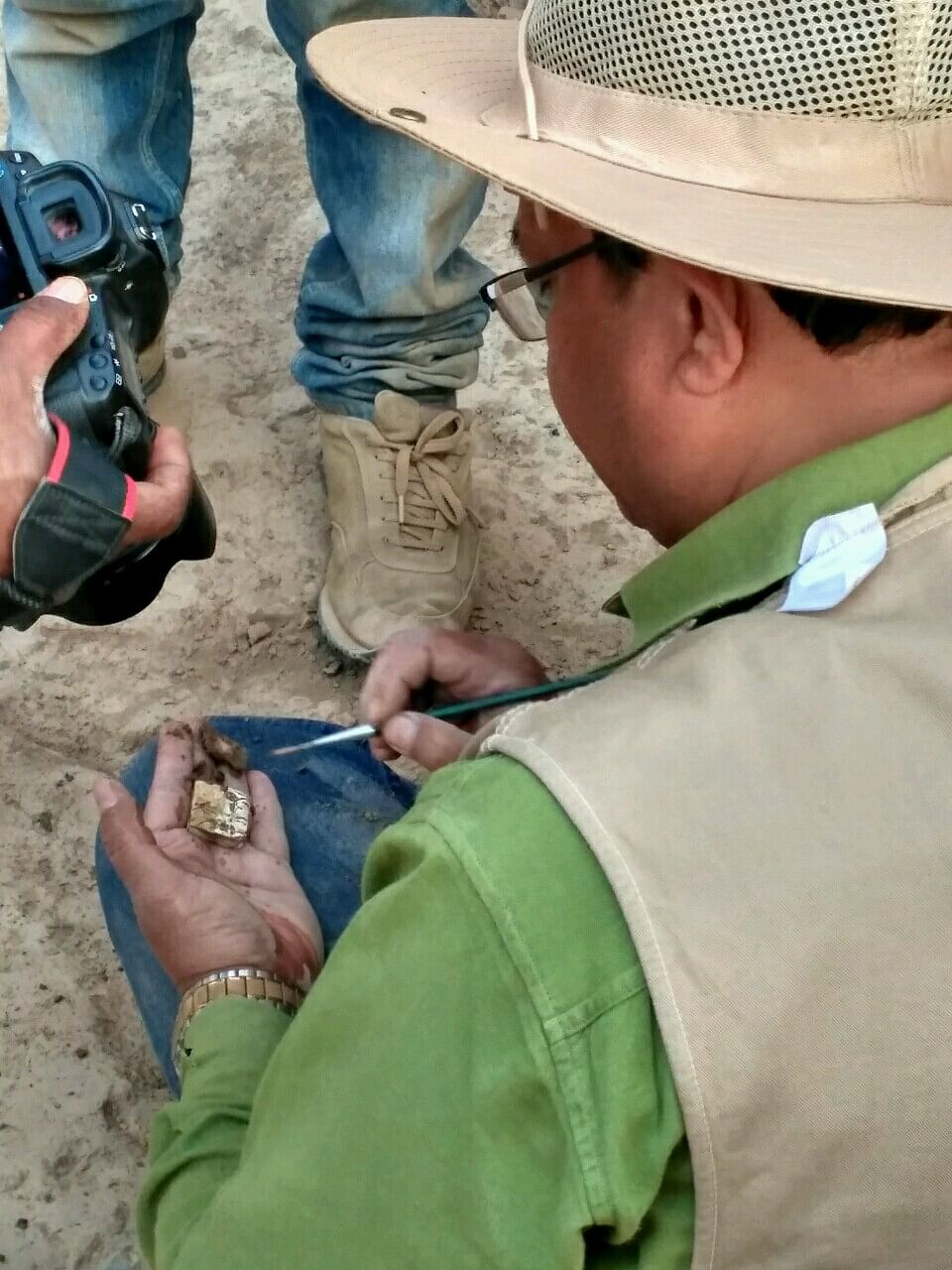
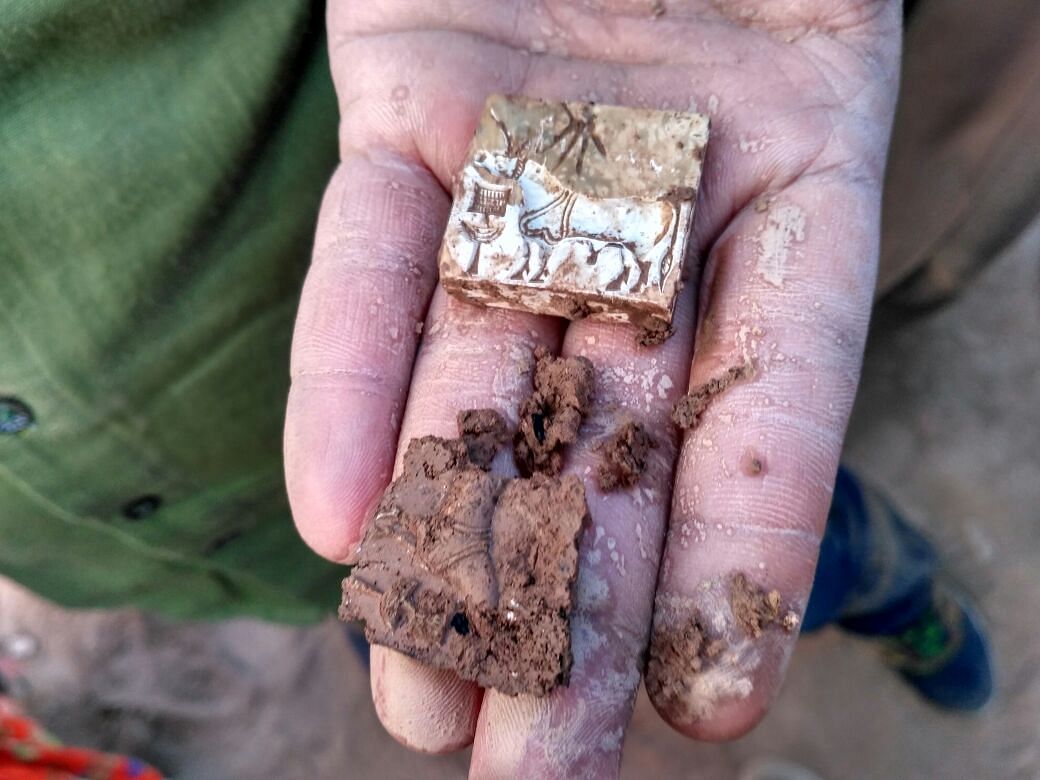
Also read: Did you know that India has a 7200-year-old history with cotton? Harappans took it to the world
Craftperson’s village
The industrial centre at Binjor (4MSR) was represented by the evidence of over 250 hearths (fireplaces/kilns) in different shapes and sizes found in seven structural phases right from the settlement’s inception. Though initially, the concentration of hearths was limited to domestic use, the level of industrial and mass production activity could be seen only during the Mature Harappan period (2600-2000 BCE). This means that the increase in the number of hearths and the concentration of fire activity in clusters, present for a long time (defined by layers and layers) in one area, showed how the scale of production increased.
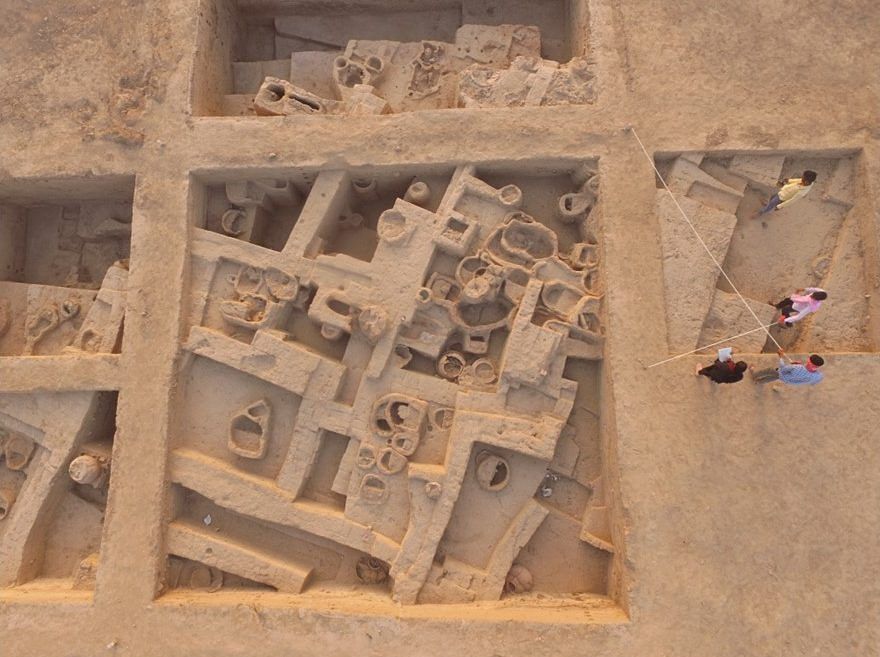
The typological categorisation of hearths based on shapes and associated material, both inside the hearth and in its surrounding,helped in decoding a complete process of making copper objects, right from smelting to polishing the final product at the site. The entire array of hearths is divided into three broad categories:
a) For smelting (particularly furnaces/kilns)
b) Smaller hearths, mostly (rounded or oval) for secondary melting
c) Hearths shaped like basins used for heating and forging artefacts; and round hearths filled with powdery ash or gypsum, which might be used for final polishing.
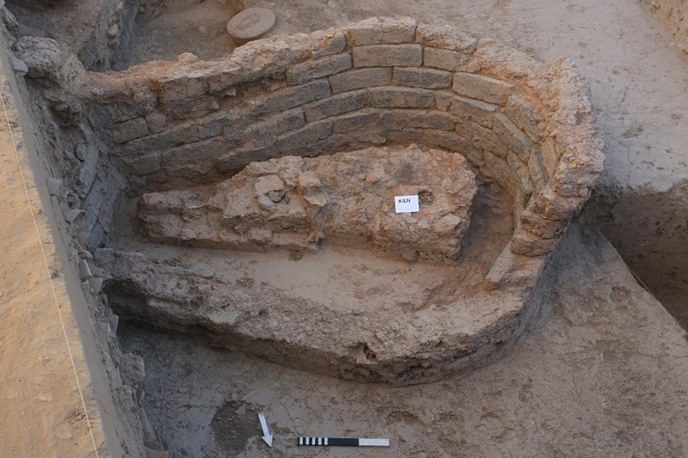
Moreover, in one trench, a water tank made up of baked bricks, a mud brick platform, multiple hearths, and seven stone weights of different denominations are important evidence at the site.
Objects such as terracotta crucibles and moulds, stone anvils, hammers, polishers, copper chisels, and other tools; evidences of wood as fuel, terracotta cakes (baked, unbaked storage), bones in the hearths; weights and measures in various denominations; are indicators of a craft-cum-industrial setup at Binjor (4MSR). Moreover, a thick deposit of industrial waste and a large number of finished products are found at the site, suggesting mass production of copper implements.
Scientific studies, such as elemental analysis of sediment samples and elemental analysis of soil strata, indicate a good percentage of copper, suggesting an intense period of industrial activity at the site.
Also read: Tarkhanwala Dera excavations revealed unique Harappan settlement. But it was left to die
Were Ghaggar settlers the producers?
At c.2600 BCE, when the trade connection with contemporary civilisations increased, the demand for products manufactured in the subcontinent naturally increased. This led to the creation of craft centres and industries across the Harappan realm, including Binjor (4MSR), which connects Kalibangan in the east, Harappa in the north, and Mohenjodaro in the west.
The excavations and supporting scientific data clearly suggest that the industrial activities at the site started during the Mature Harappan period. The evidence also suggests that the site was abandoned towards the end of the Mature Harappan phase around c.2000 BCE, which coincided with the onset of the de-urbanisation phase of the civilisation. Although kilns and hearths were also found at Baror and Tarkhanwala Dera, a dedicated ‘industrial’ site is hard to come across. However, if one looks at the evidence holistically, this also indicates the necessity of such activities at Binjor and other sites during the third millennium BCE. It also brings out the question of regionality within the civilisation, not only in the material culture but also in the functionality of these settlements.
Disha Ahluwalia is an archaeologist and junior research fellow at the Indian Council Of Historical Research. She tweets @ahluwaliadisha. Views are personal.
(Edited by Prashant)


